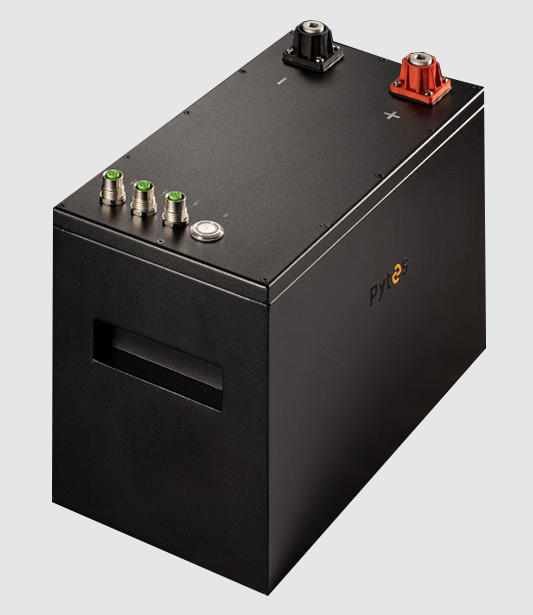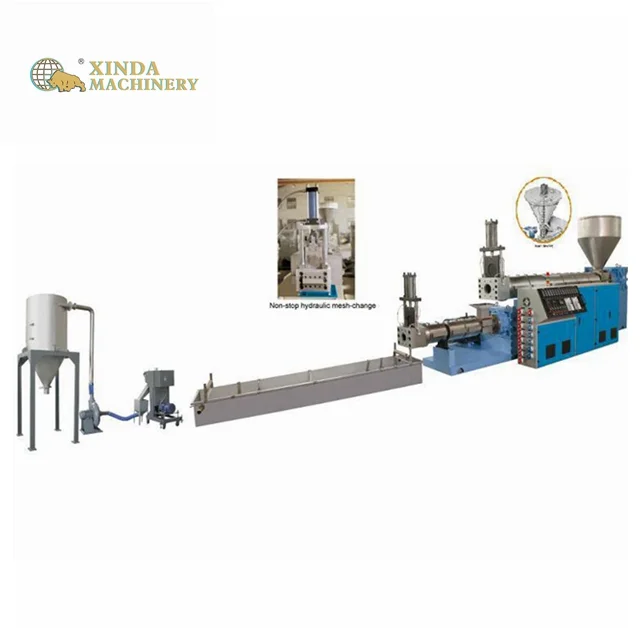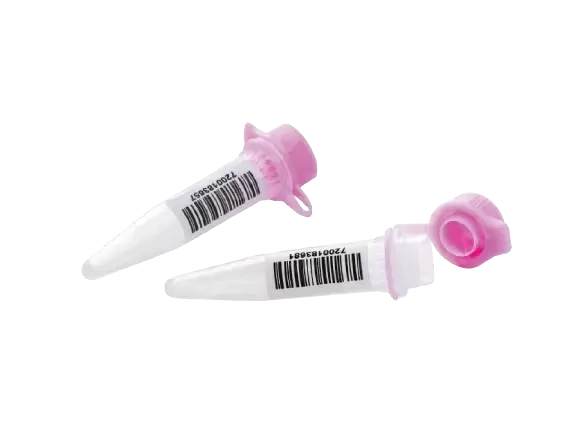Polyester vs. Nylon: The Ultimate Showdown for Optimal Workout Wear
When it comes to selecting the right fabric for workout clothes, two materials often dominate the conversation: polyester and nylon. Both fabrics have their unique properties, advantages, and drawbacks, making the choice between them a nuanced decision. This article delves into the characteristics of polyester and nylon, comparing their performance, comfort, durability, and environmental impact to help you make an informed choice for your workout wardrobe.
Understanding the Basics: Polyester and Nylon
Polyester is a synthetic fabric derived from petroleum. It is known for its durability, resistance to shrinking and stretching, and quick-drying properties. Polyester fibers are often woven tightly, which contributes to their strength and ability to wick moisture away from the body.
Nylon, on the other hand, is also a synthetic fabric but is made from polyamide fibers. It is renowned for its exceptional elasticity, softness, and lightweight nature. Nylon is often used in athletic wear due to its ability to stretch and move with the body, providing a comfortable fit during intense workouts.
Performance in Workouts
When evaluating workout clothes, performance is paramount. Here’s how polyester and nylon stack up:
- Moisture Management:
- Polyester excels in moisture-wicking capabilities, drawing sweat away from the skin and allowing it to evaporate quickly. This feature helps keep the body cool and dry during high-intensity workouts.
- Nylon also has moisture-wicking properties, but it tends to absorb more moisture than polyester. While it dries relatively quickly, it may not be as effective in keeping you dry during prolonged exercise sessions.
- Breathability:
- Polyester can sometimes trap heat, especially in tightly woven fabrics. However, many modern polyester blends incorporate mesh panels or moisture-wicking technology to enhance breathability.
- Nylon is generally more breathable than polyester, allowing for better airflow. This makes it a popular choice for activities that require a high degree of movement, such as running or cycling.
- Durability:
- Polyester is highly resistant to wear and tear, making it a durable option for workout clothes. It withstands repeated washing and maintains its shape and color over time.
- Nylon, while also durable, can be more susceptible to abrasion. It may show signs of wear faster than polyester, particularly in high-friction areas.
Comfort and Fit
Comfort is a critical factor when choosing workout clothes, and both polyester and nylon have their strengths:
- Polyester fabrics can sometimes feel stiffer, especially in lower-quality blends. However, advancements in fabric technology have led to softer, more comfortable polyester options that mimic the feel of natural fibers.
- Nylon is often favored for its soft, silky texture, which feels great against the skin. Its stretchability allows for a snug fit without restricting movement, making it ideal for yoga, pilates, and other flexibility-focused workouts.
Environmental Considerations
As sustainability becomes increasingly important in consumer choices, the environmental impact of fabric production cannot be overlooked:
- Polyester is derived from petroleum, a non-renewable resource. However, recycled polyester (rPET) made from post-consumer plastic bottles is gaining popularity, reducing waste and energy consumption in production.
- Nylon production is also resource-intensive and involves harmful chemicals. However, brands are beginning to explore recycled nylon options, which can mitigate some of the environmental concerns associated with virgin nylon.
Conclusion: Which is Better for Workout Clothes?
Ultimately, the choice between polyester and nylon for workout clothes depends on your specific needs and preferences. If moisture management and durability are your top priorities, polyester may be the better option. On the other hand, if comfort, breathability, and stretch are more important for your workout routine, nylon could be the ideal choice.
For those who are environmentally conscious, seeking out brands that offer recycled options in either fabric can help align your workout gear choices with your values.
In the end, both polyester and nylon have their merits, and the best choice may even involve a blend of both materials, harnessing the strengths of each to create high-performance, comfortable, and sustainable workout clothing.




